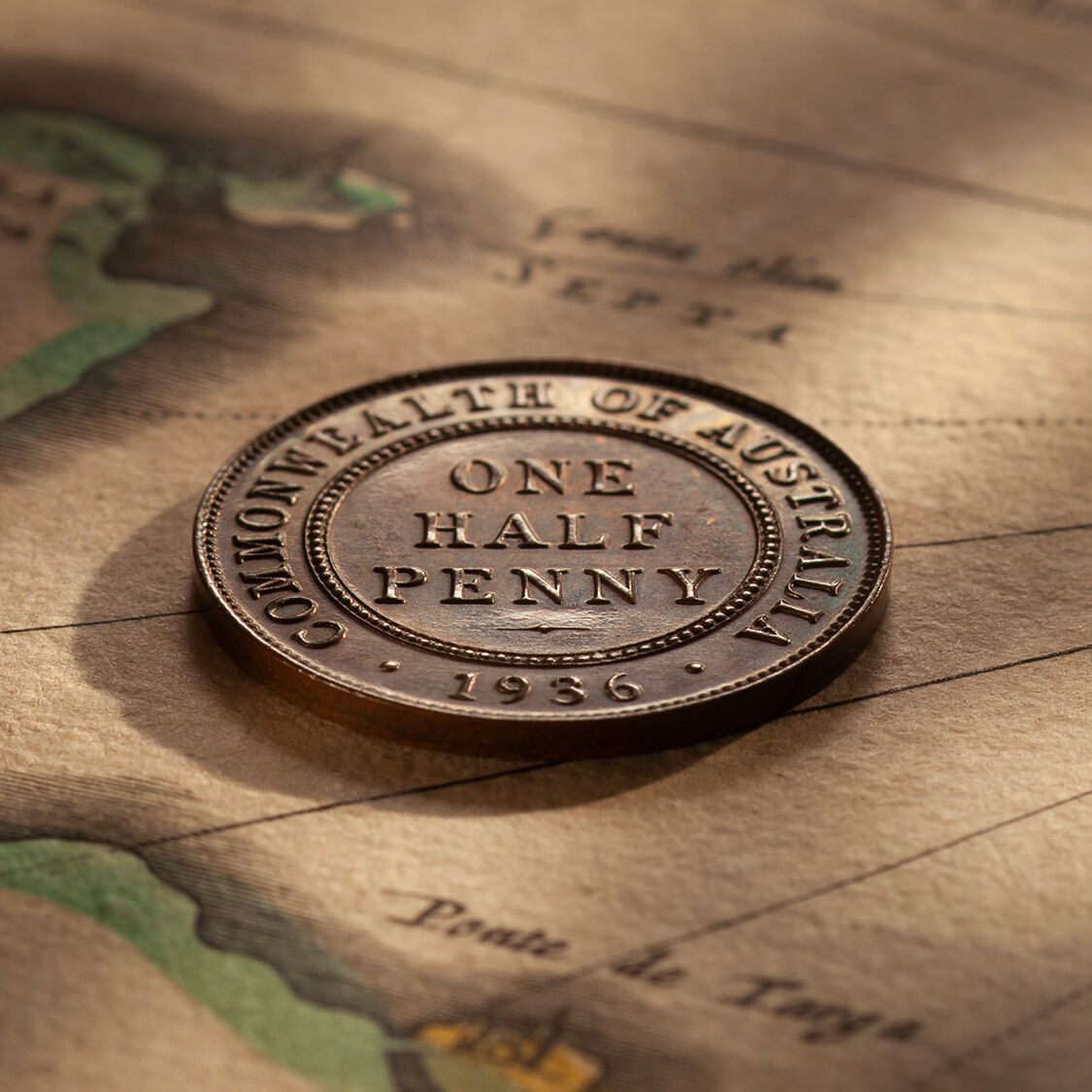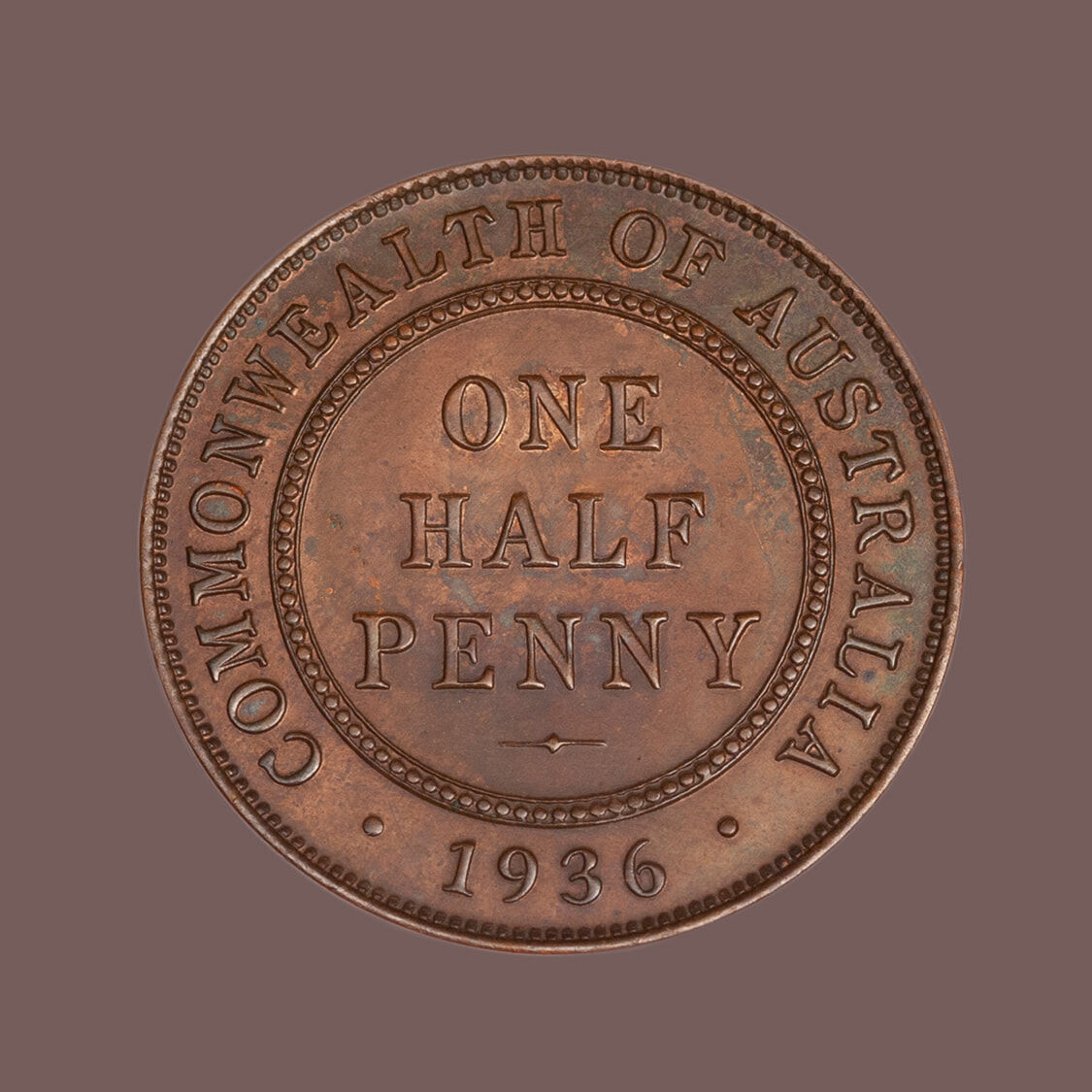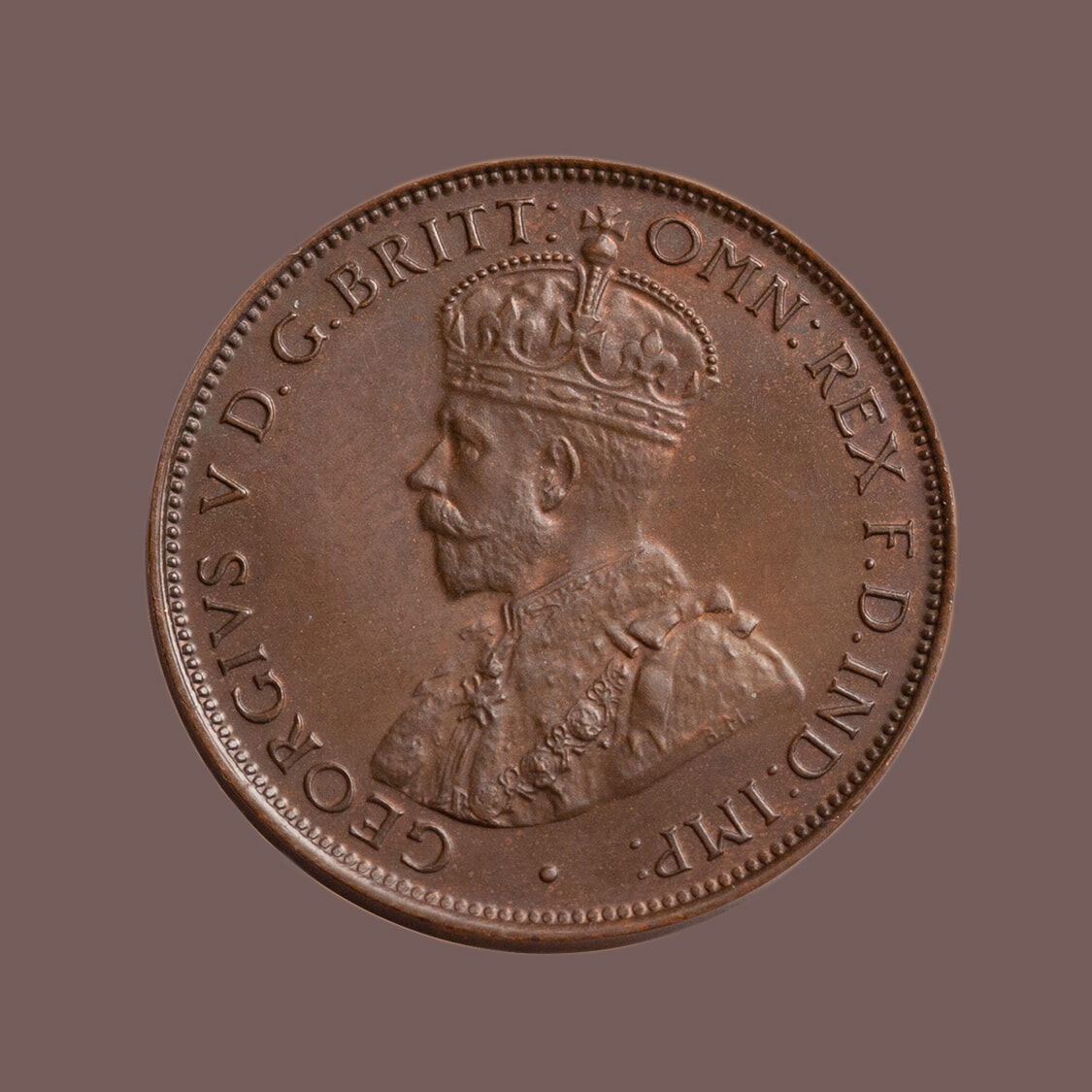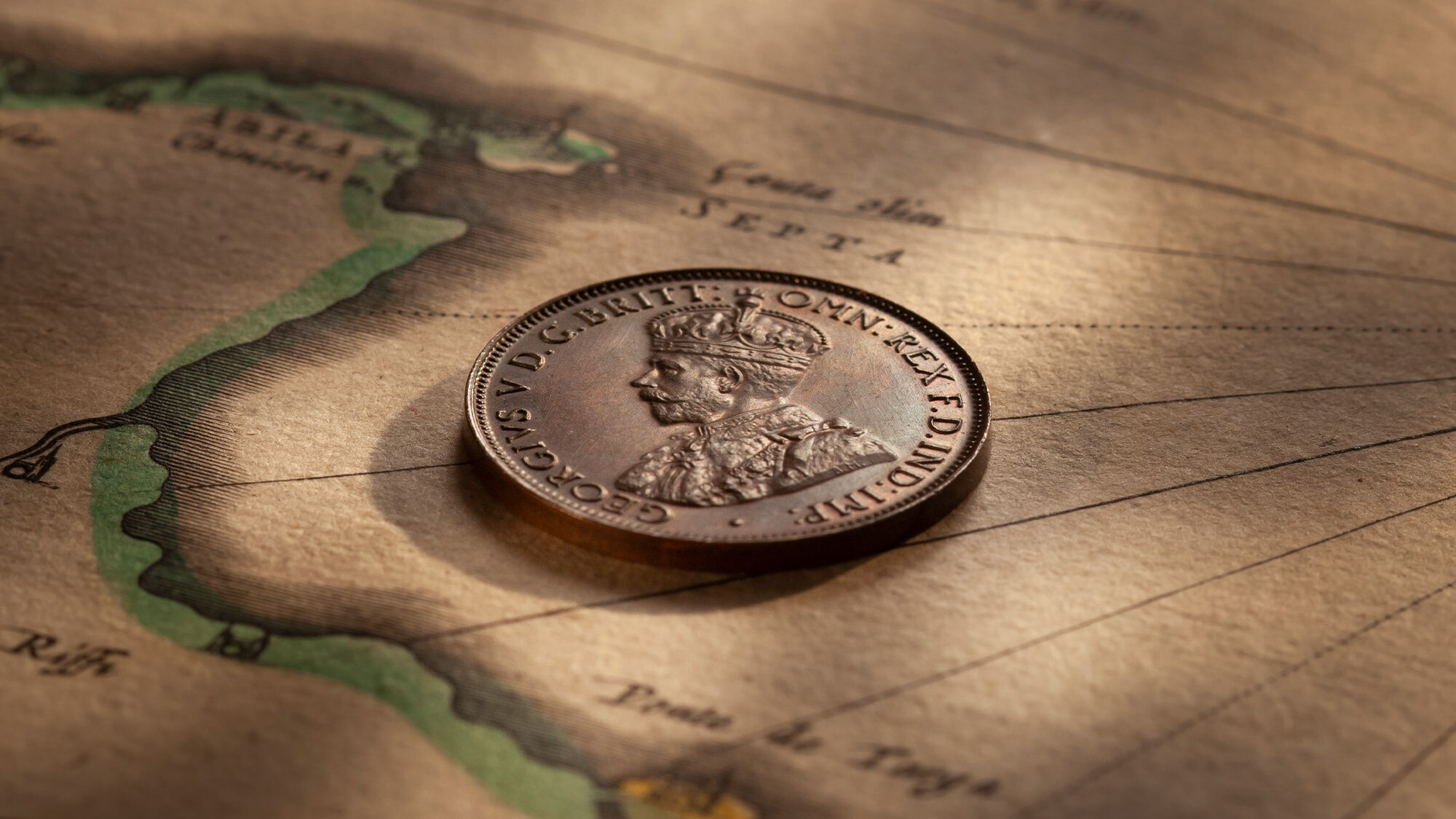Proof 1936 Halfpenny struck as a Coin of Record at the Melbourne Mint and one of five known


Australian Pre-decimal Coins that were struck as proofs - but not destined for collectors - are technically referred to as Coins of Record.
The term, COIN OF RECORD, is to a large extent self-explanatory. It is a coin that has been minted to put on record a date. Or to record a design.
What is not self-explanatory is that Coins of Record were always struck to proof quality as presentation pieces. And were struck in the most minute numbers satisfying the requirements of the mint rather than the wants of collectors.
Forget the notion of striking ten thousand proofs, as collectors are accustomed to today. Let's talk about striking a total of ten coins ... or maybe less!
For today’s collectors the Coins of Record offer a wonderful link to the past and are extremely rare, two reasons that make them so popular.
There was no commercial angle in the production of Coins of Record. The mints were not out to make money from the exercise.
Quite the reverse, striking a proof coin in our pre-decimal era was a very labour intensive (and hence costly) exercise that would have dented the mints annual budget quite considerably.
The prime reason why so few coins were struck.
So, what happened to these Coins of Record? Where did they go? And if they were struck by the mints for their own use, how did they get into collector's hands?
In the main, Coins of Record ended up in the mint’s own archives, preserving its history for future generations. Any coins that were surplus to requirements may also have been sent to a museum or public institution.
Coins of Record were also put on display at public Exhibitions. The two known examples of the Proof 1866 Sovereign and Proof 1866 Half Sovereign were especially struck to exhibit as ‘products of New South Wales’ as part of the Colonial Mints display at the International Colonial Exhibition of 1866 and the International Exposition in Paris, 1867. They were discovered in London in the early 1970s.
It is noted that many of the overseas mints have over time sold off Coins of Record that they considered excess to their requirements allowing them to come into collector's hands. The Royal Mint South Africa sold off several Australian gold proofs in the 1990s.

Proof 1936 Halfpenny struck at the Melbourne Mint and one of five known. A superb FDC with highly reflective glass-like surfaces radiating magnificent blue colours.

Proof 1936 Halfpenny obverse with fields that are like glass. Heavy striations, on both obverse and reverse, reflect careful preparation of the dies.
© Copyright: Coinworks
